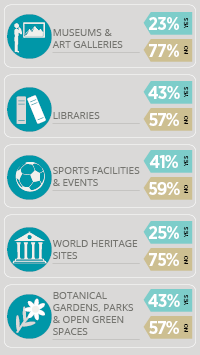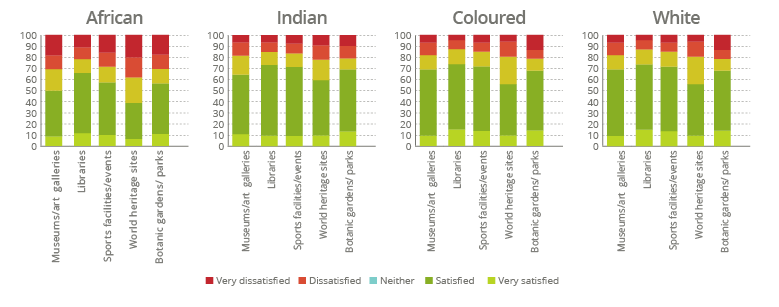Public space and amenities play a vital role in the social and economic life of cities and city-regions.
They can provide opportunities for decongestion and respite in a bustling city. They facilitate everyday activities such as accessing public transport, walking on pavements or relaxing in parks. They serve as the backdrop for a range of social practices such as public celebration, religious practice, cultural expression and different kinds of civic demonstrations. Importantly, public spaces can also act as ‘social glue’ allowing for the mixing of cultures, classes and races. In a post-apartheid context there is great potential for public spaces to facilitate the kinds of opportunities for social inclusion and interaction which may possibly bring bridge some of the tough, seemingly intractable divides of South Africa’s apartheid past.
Public spaces can also promote cultural and artistic pursuits. Certain public amenities such as libraries, museums, art galleries, theatres and public green spaces, can be seen as part of the foundation of culture and education in an urban environment.
Public spaces also function as the site of citizen action where marginalised citizens and residents can make themselves heard and exercise their constitutional rights to freedom of expression and protest. Gauteng’s current climate of increasingly violent protest action is a key example of how civil society actors can appropriate public space as a protest space against the ability of local government to fulfil its developmental mandate toward communities. *






